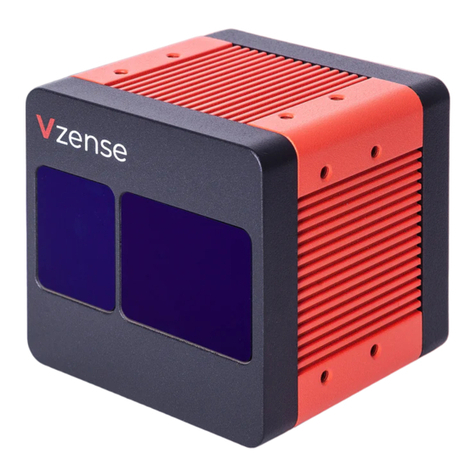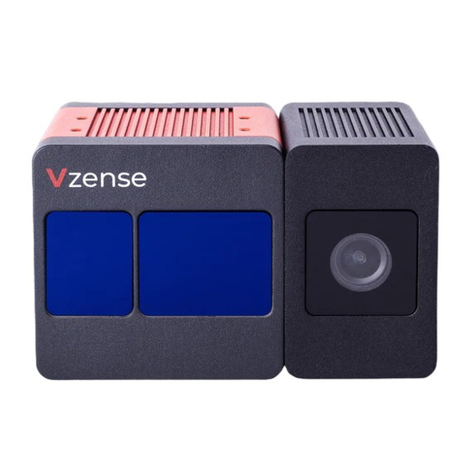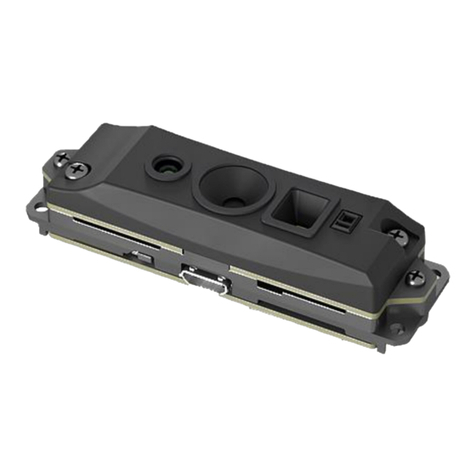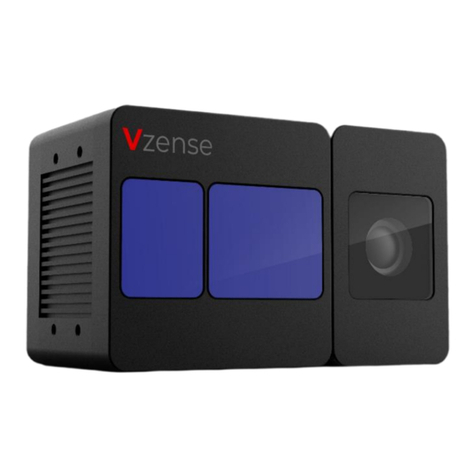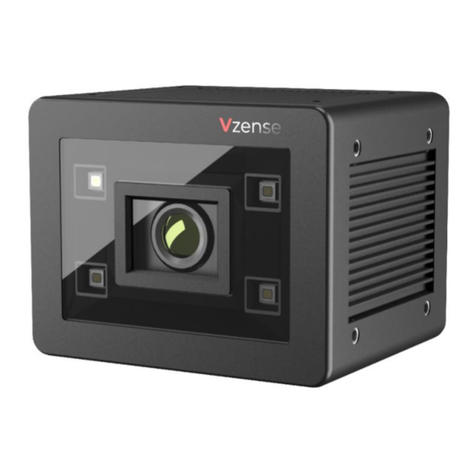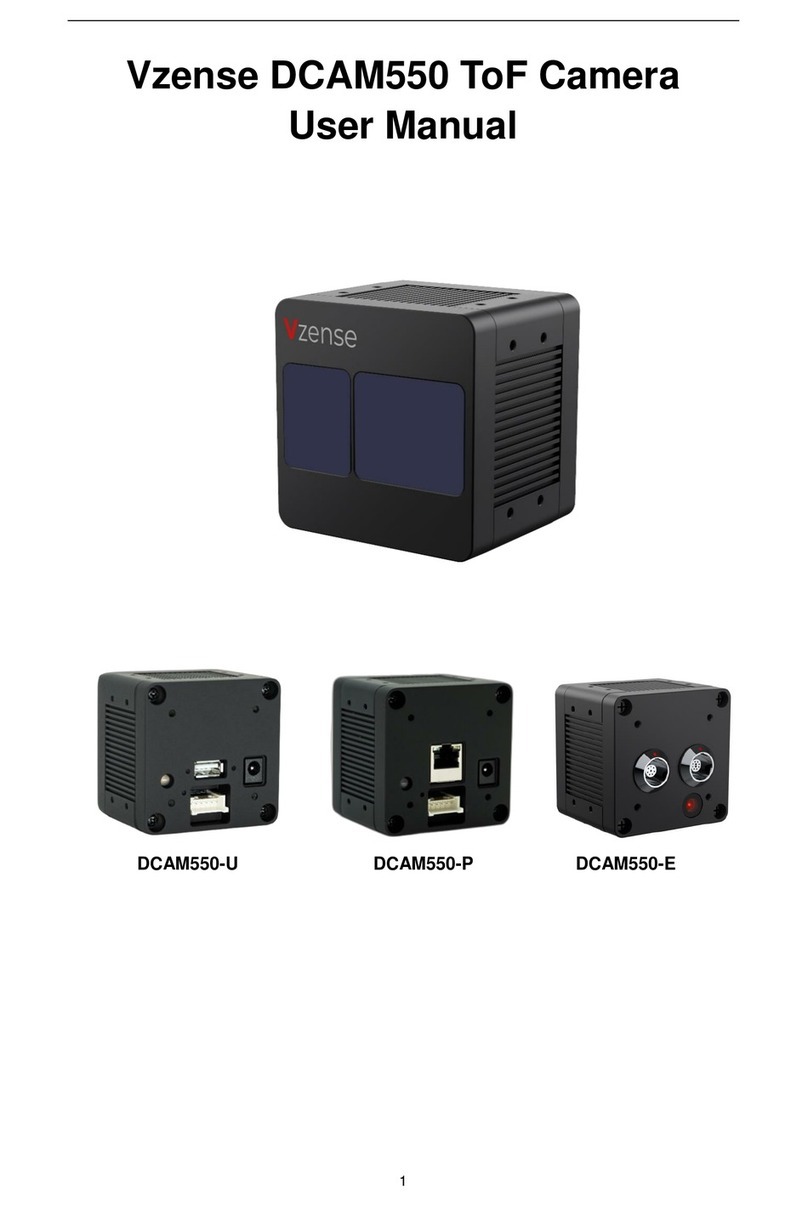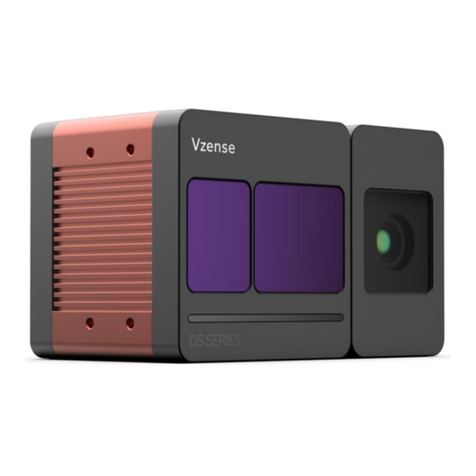
2
Table of Contents
1General Information............................................................................................ 4
1.1 Terms of Use............................................................................................ 4
2Precautions ........................................................................................................ 5
2.1 Safe Usage Instructions ........................................................................... 5
2.2 Power....................................................................................................... 5
2.3 Usage....................................................................................................... 6
2.4 Temperature............................................................................................. 6
3Specifications and Requirement......................................................................... 7
3.1 General Specifications.............................................................................. 7
3.2 Electrical Specifications............................................................................ 8
3.2.1 Recommended Operating Conditions............................................. 8
3.2.2 Power Consumption....................................................................... 8
3.2.3 Absolute Maximum Ratings............................................................ 8
3.3 DCAM550-P Mechanical Specifications.................................................... 9
3.4 DCAM550-U Mechanical Specifications ................................................. 10
3.5 Optical Specifications..............................................................................11
3.5.1 Field of View..................................................................................11
3.5.2 Wavelength of the VCSEL.............................................................11
3.6 Working Condition Requirements........................................................... 12
3.6.1 Hardware Requirements............................................................... 12
3.6.2 Software Requirements................................................................ 12
3.6.3 Environmental Requirements ....................................................... 12
3.6.4 Coordinate of the Camera System ............................................... 13
4Interface with Host............................................................................................ 14
4.1 6pin Connector....................................................................................... 15
4.2 Type A USB2.0 Connector for DCAM550-U............................................ 16
4.3 RJ45 Ethernet Connector for DCAM550-P............................................. 16
4.4 LED indication........................................................................................ 17
4.5 IP Reset Button for DCAM550-P ............................................................ 18
5Principle of Time of Flight ................................................................................. 19
5.1 Vzense ToF Principle.............................................................................. 19
5.2 Noise Factors......................................................................................... 19
5.2.1 Ambient Light............................................................................... 19
5.2 Multipath Propagation............................................................................. 19
5.3 Reflectivity of the Target......................................................................... 20
5.4 Scattering Effect..................................................................................... 20
6Installation........................................................................................................ 21
6.1 Hardware Installation.............................................................................. 21
6.1.1 USB2.0 Mode Installation (DCAM550-U Only) ............................. 21
6.1.2 USB2.0 External Power Installation (DCAM550-U Only) .............. 21
6.1.3 100M Ethernet Installation (DCAM550-P Only)............................. 22
6.1.4 POE Mode Installation.................................................................. 23
